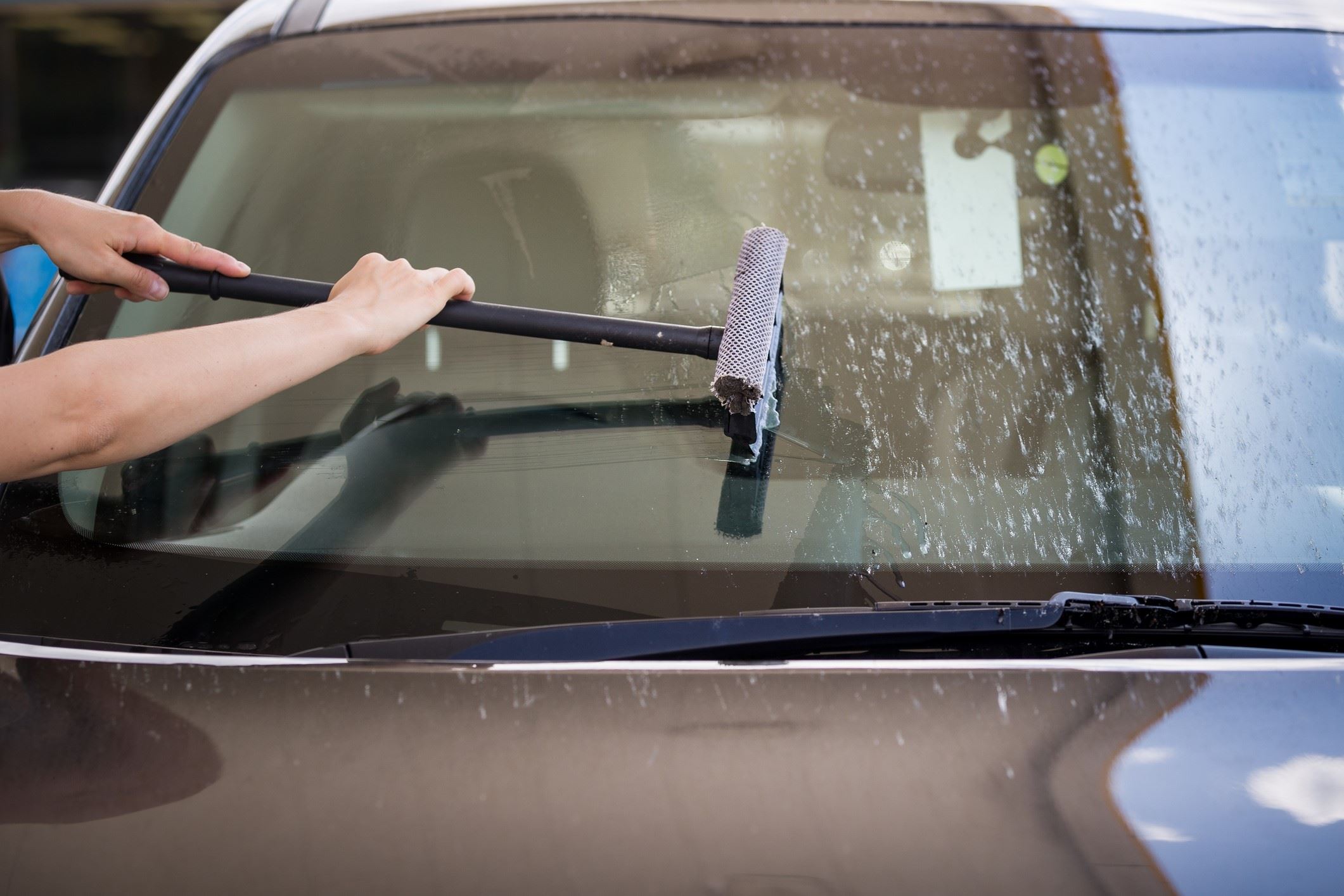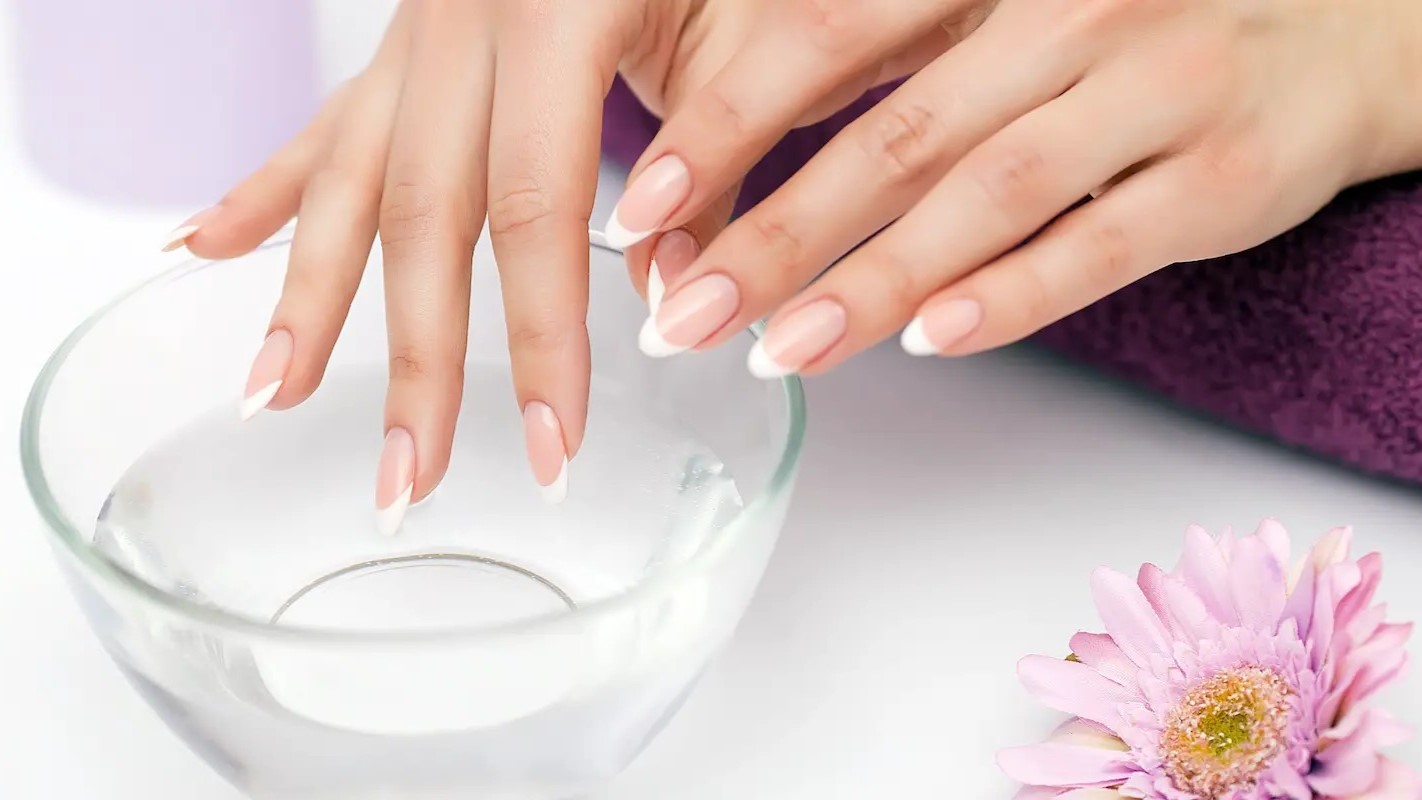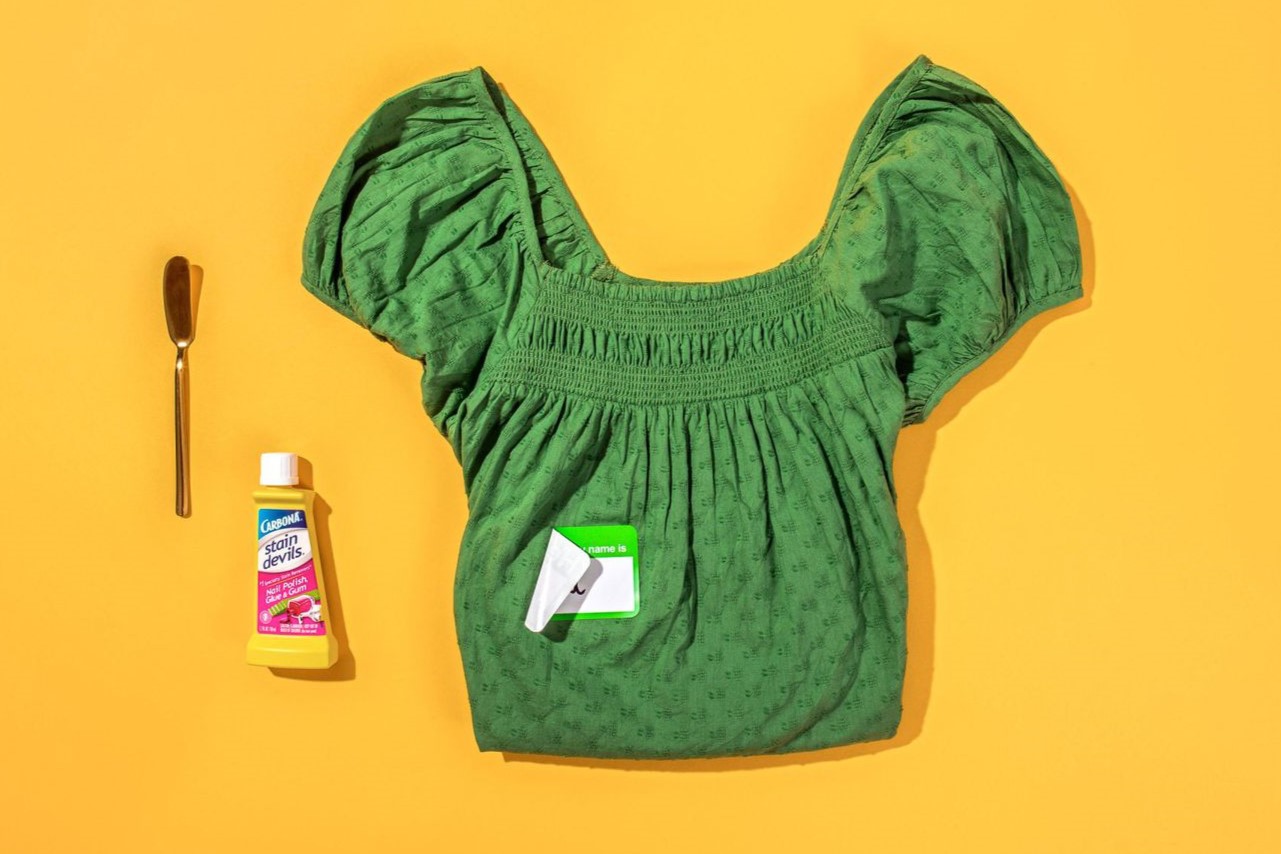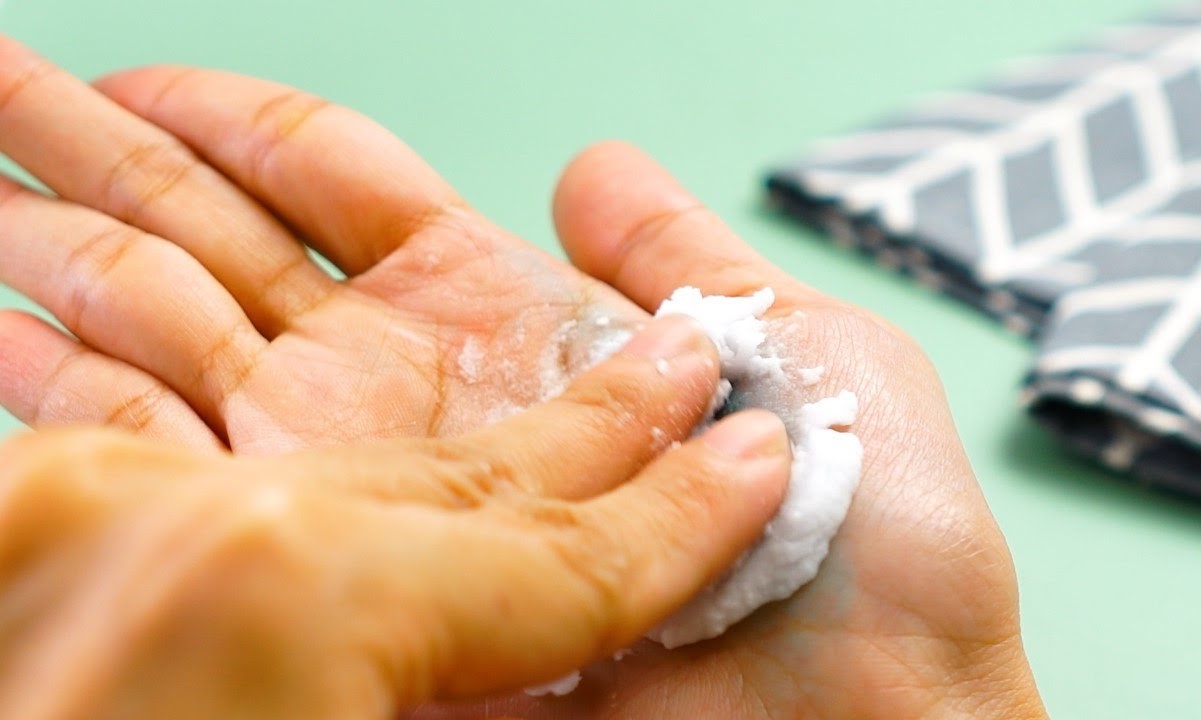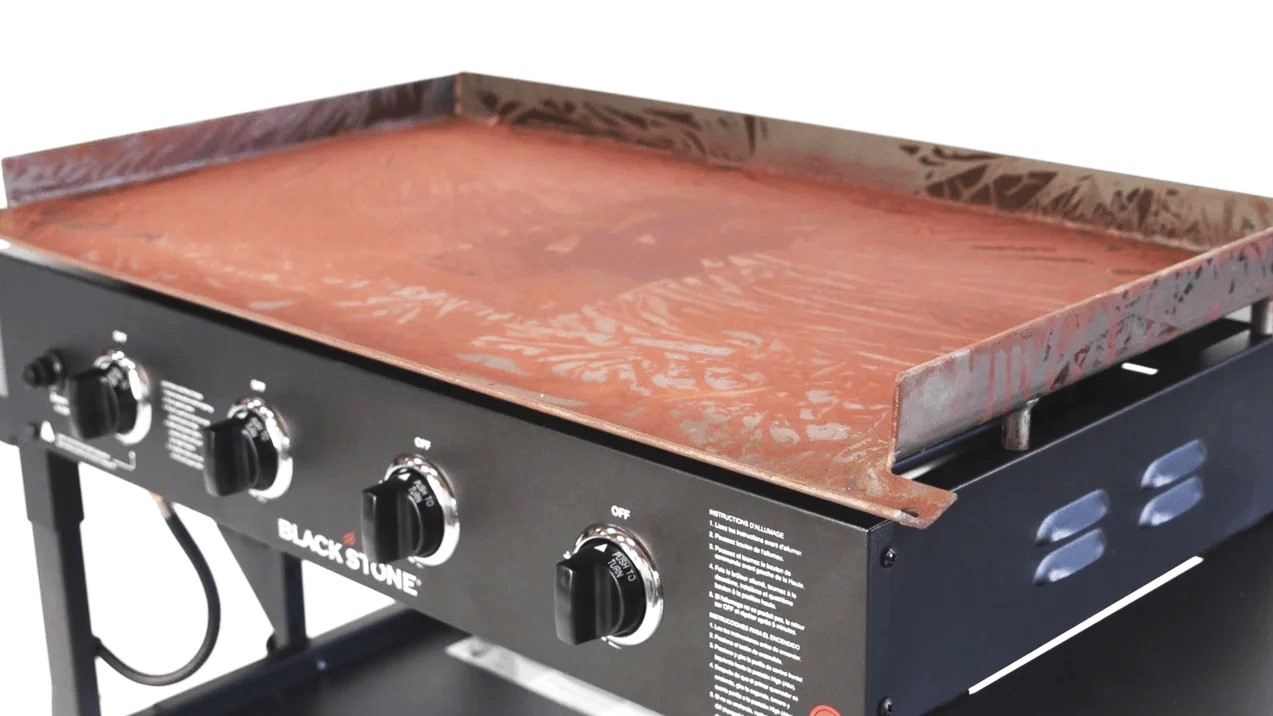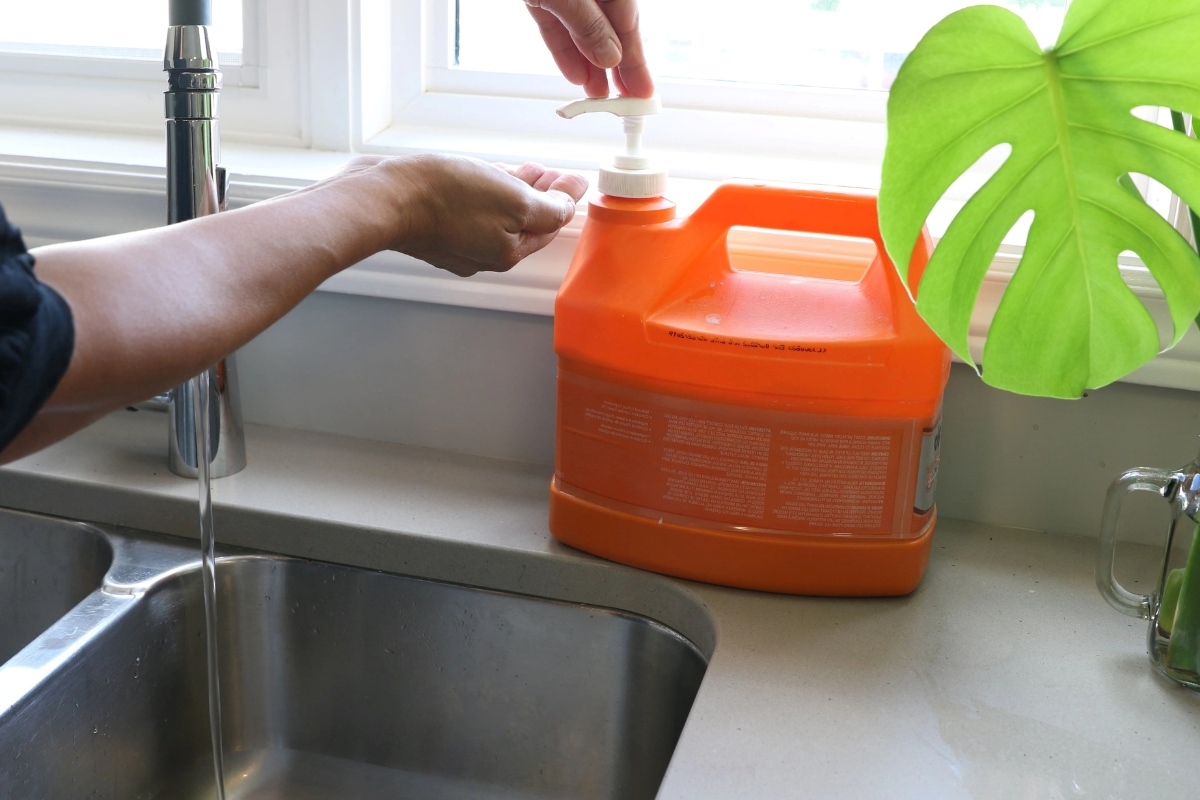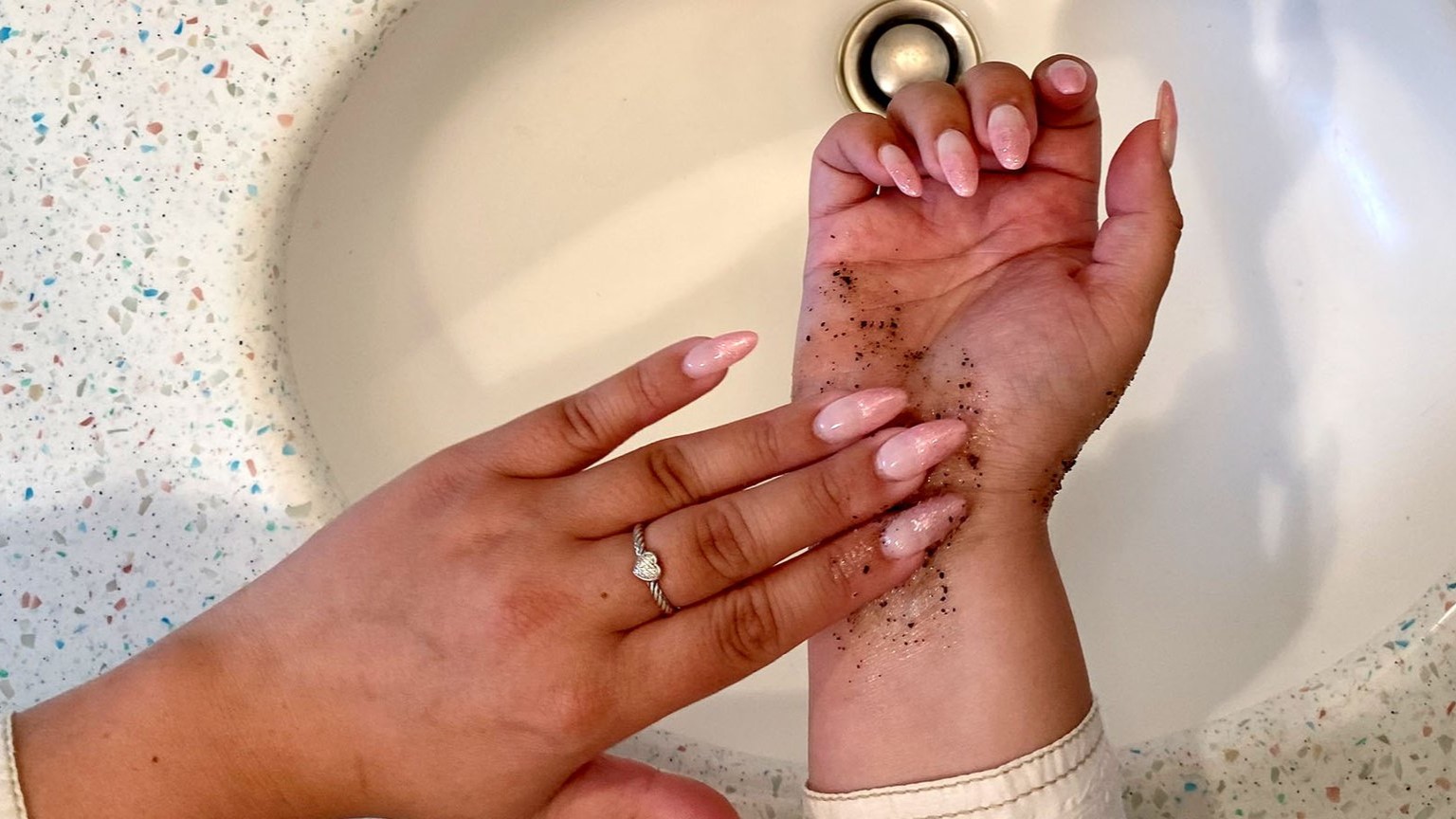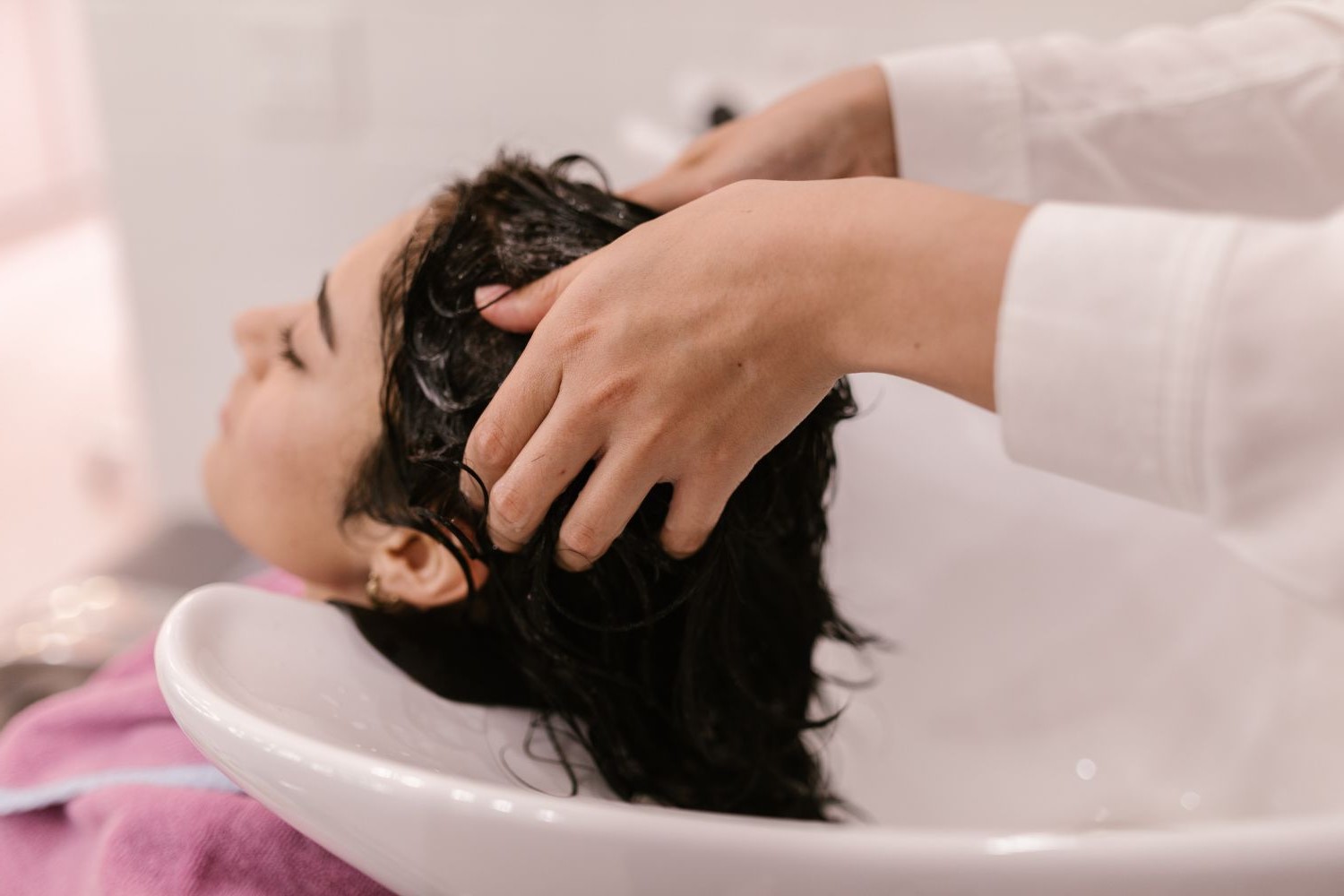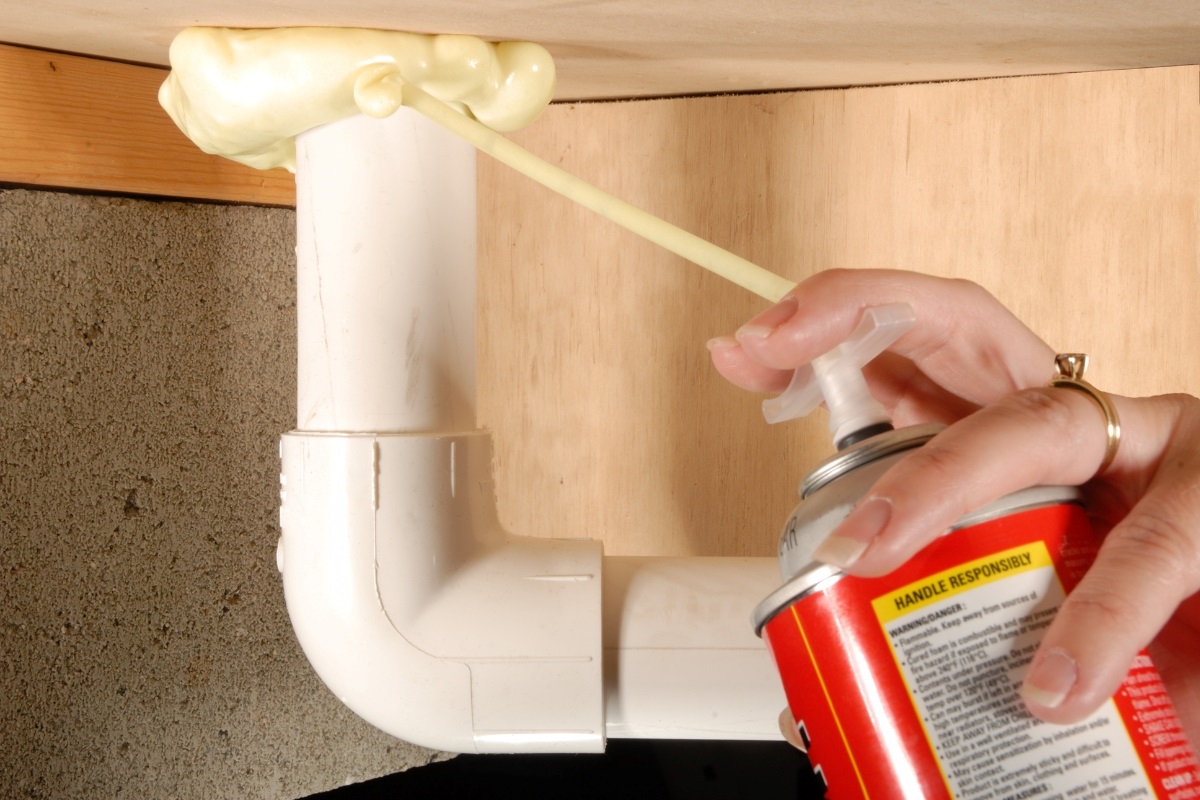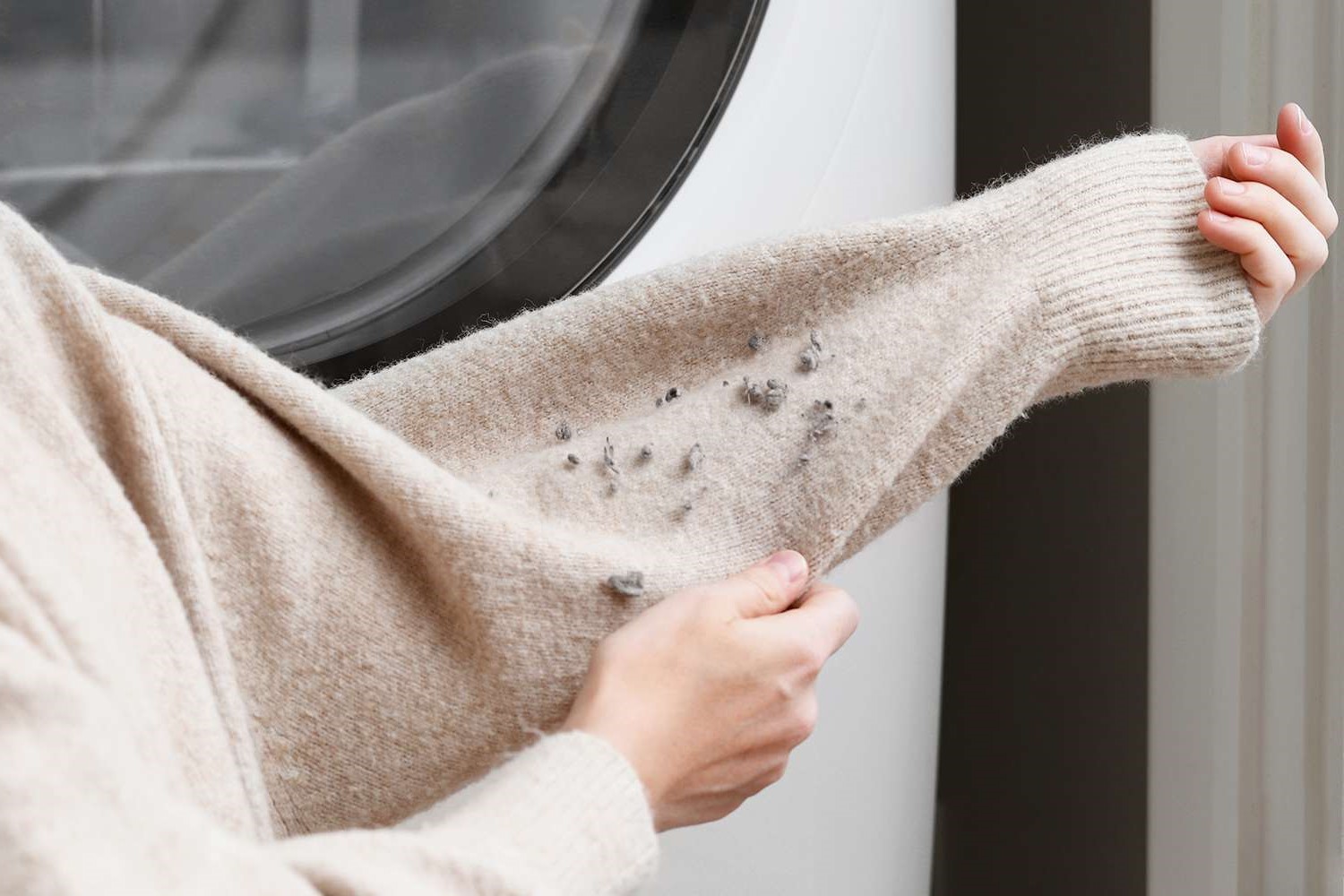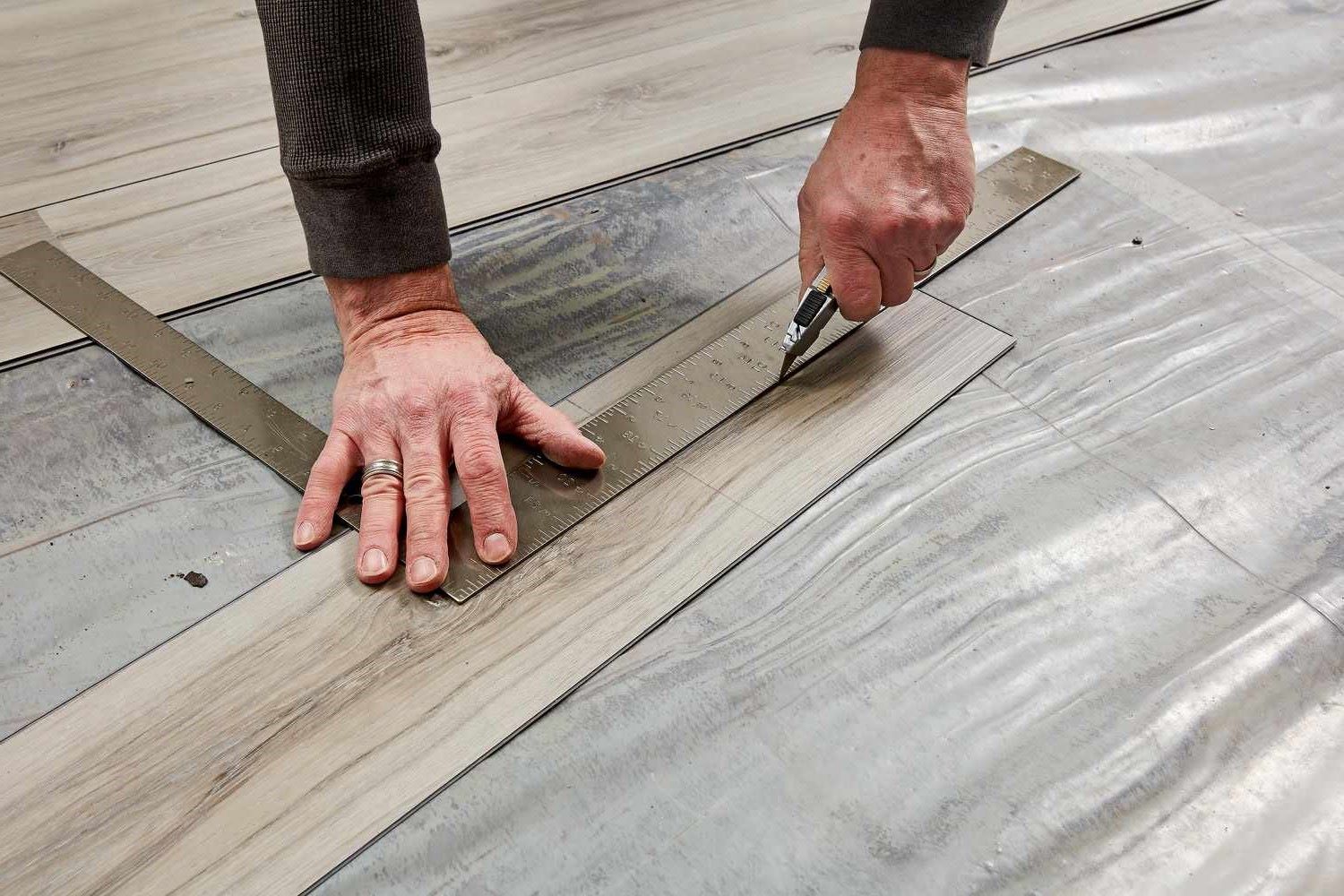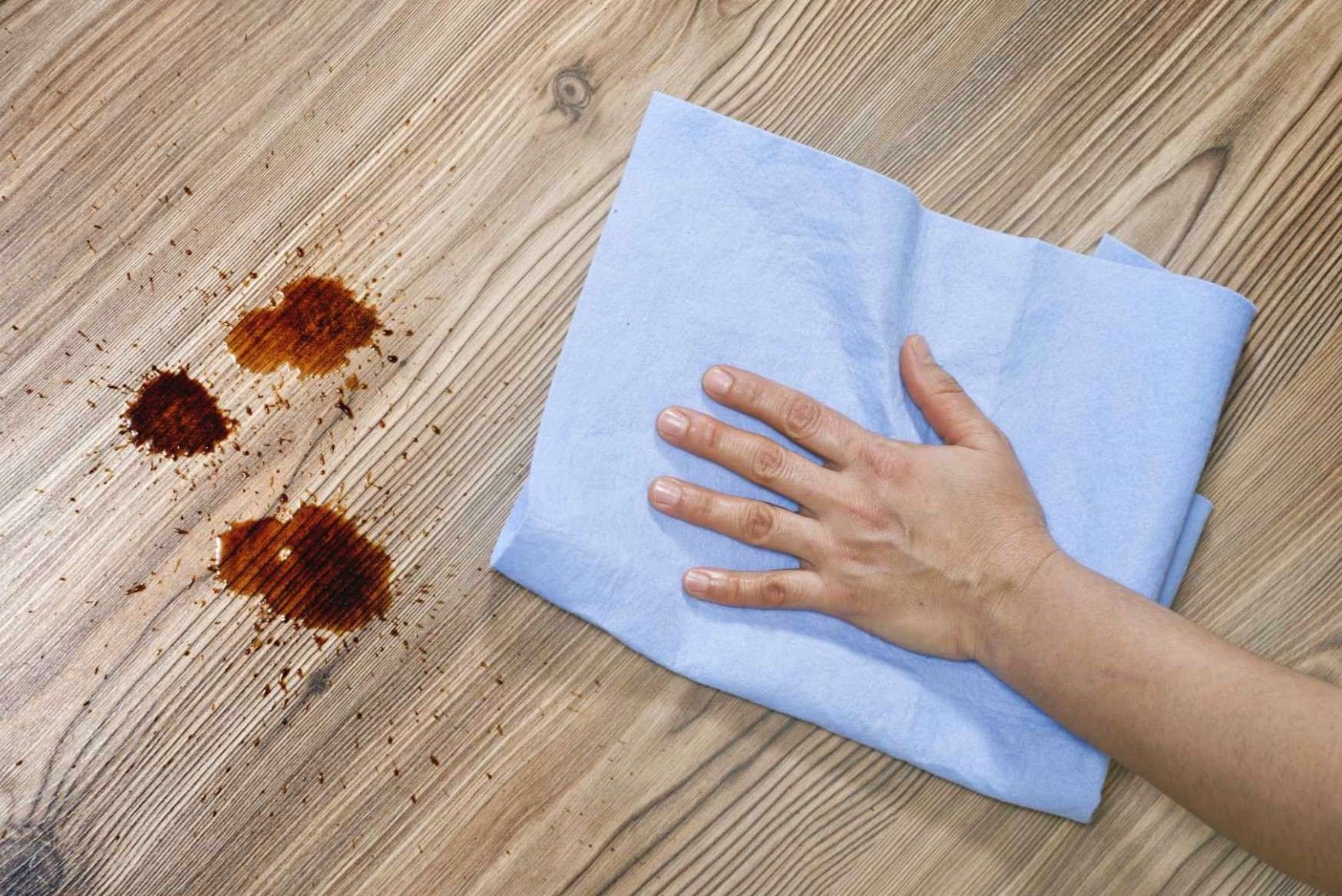Home>Home and Garden>How To Get Paint Off Hardwood Floors
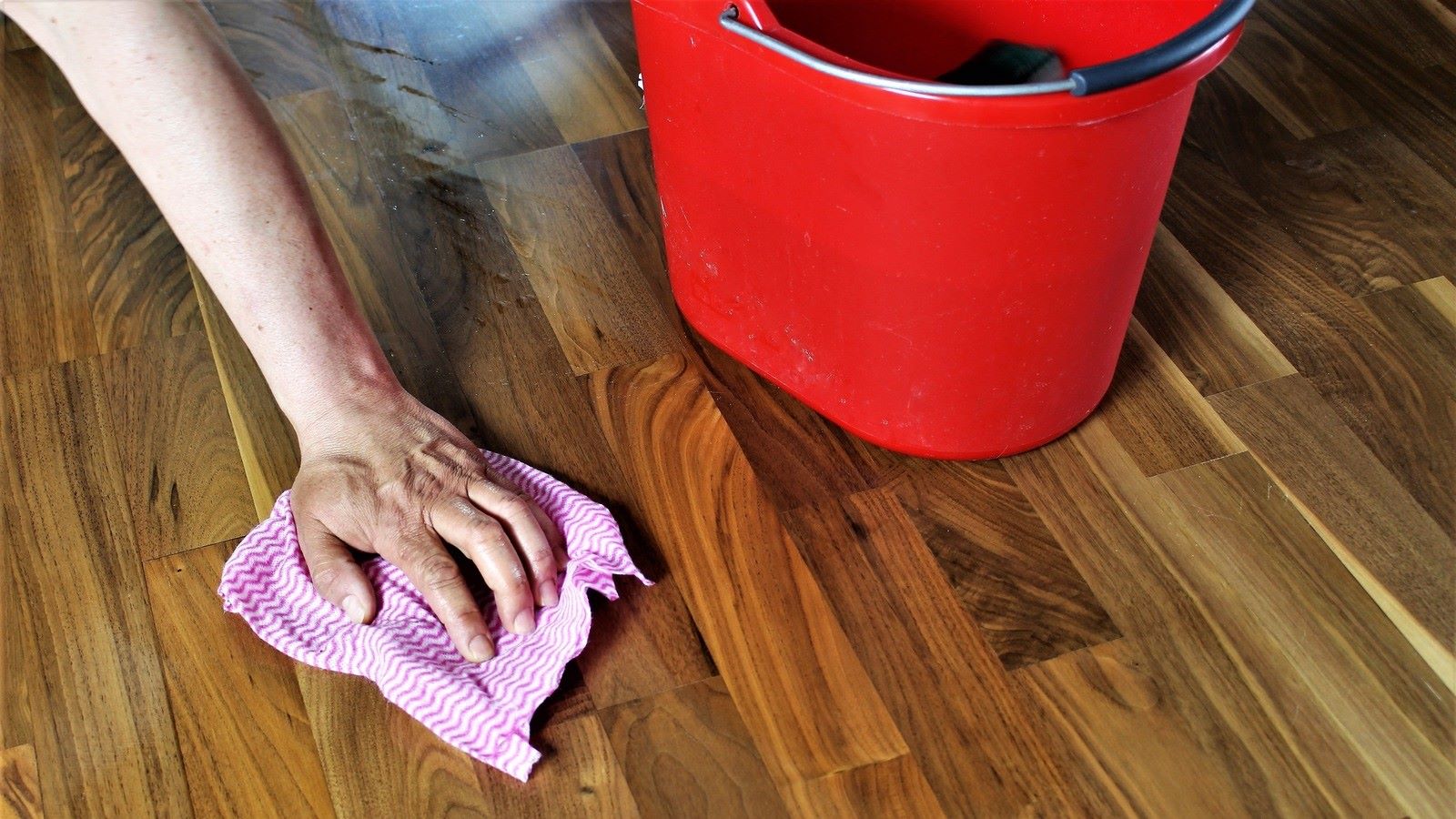

Home and Garden
How To Get Paint Off Hardwood Floors
Published: March 4, 2024
Learn how to safely remove paint from hardwood floors with our expert tips and techniques. Keep your home looking its best with our home and garden solutions.
(Many of the links in this article redirect to a specific reviewed product. Your purchase of these products through affiliate links helps to generate commission for Noodls.com, at no extra cost. Learn more)
Table of Contents
Introduction
Removing paint from hardwood floors can be a daunting task, especially if you're unsure of the best methods to use. Whether you've accidentally spilled paint during a DIY project or inherited a home with paint-splattered floors, the good news is that with the right approach, it's possible to restore the natural beauty of your hardwood floors. In this comprehensive guide, we'll walk you through the step-by-step process of safely and effectively removing paint from hardwood floors. By following these instructions, you can rejuvenate your floors and bring back their original luster.
Paint spills and splatters on hardwood floors can detract from the overall aesthetic appeal of your home. However, with the proper tools and techniques, you can successfully eliminate these blemishes and restore your floors to their former glory. It's important to approach this task with patience and care, as hardwood floors are a valuable investment and should be treated with the utmost respect.
Whether you're a seasoned DIY enthusiast or a homeowner looking to tackle this project for the first time, this guide will equip you with the knowledge and confidence to address paint stains on your hardwood floors. From gathering the necessary materials to executing the paint removal process, each step is designed to help you achieve optimal results while preserving the integrity of your hardwood floors.
By the end of this guide, you'll have a clear understanding of the steps involved in removing paint from hardwood floors and be well-prepared to embark on this transformative home improvement project. So, roll up your sleeves, gather your materials, and let's dive into the process of restoring your hardwood floors to their original splendor.
Read more: How To Get Paint Off The Floor
Step 1: Gather Your Materials
Before embarking on the task of removing paint from hardwood floors, it's essential to gather the necessary materials to ensure a smooth and effective process. Here's a comprehensive list of items you'll need:
-
Protective Gear: Start by equipping yourself with protective gear, including gloves, safety goggles, and a face mask. These items will safeguard you from potential exposure to paint remover fumes and protect your skin and eyes during the paint removal process.
-
Paint Remover: Select a high-quality paint remover that is suitable for use on hardwood floors. Look for a product specifically designed for the type of paint you're dealing with, whether it's latex, oil-based, or acrylic. Ensure that the paint remover is safe for use on hardwood surfaces and won't cause damage or discoloration.
-
Scraper or Putty Knife: A sturdy scraper or putty knife will be indispensable for gently lifting and removing the softened paint from the hardwood surface. Opt for a tool with a comfortable grip and a sharp edge to facilitate the paint removal process.
-
Soft Bristle Brush: Choose a soft bristle brush or an old toothbrush to aid in scrubbing and loosening the paint from the intricate grooves and crevices of the hardwood floor. The gentle bristles will help dislodge the paint without causing scratches or abrasions to the wood.
-
Clean Cloths: Stock up on clean, lint-free cloths or rags to wipe away excess paint remover and residue from the hardwood surface. These cloths will also come in handy for drying the floor after the paint removal process is complete.
-
Mineral Spirits: Have a bottle of mineral spirits on hand to clean the hardwood floors after removing the paint. Mineral spirits effectively dissolve paint residues and help restore the natural sheen of the wood.
-
Protective Floor Finish: Consider investing in a protective floor finish to apply after the paint removal process. This will help restore the luster of the hardwood and provide an additional layer of protection against future spills and stains.
By ensuring that you have all the necessary materials at your disposal, you'll be well-prepared to tackle the task of removing paint from your hardwood floors with confidence and efficiency. With these essential items in hand, you can proceed to the next step of testing a small area to initiate the paint removal process.
Step 2: Test a Small Area
Before diving into the full-scale paint removal process, it's crucial to begin by testing a small, inconspicuous area of the hardwood floor. This preliminary step serves multiple purposes, including assessing the compatibility of the paint remover with the floor's finish and determining the optimal dwell time for effective paint removal.
To initiate the testing process, select a small section of the floor that is discreet and less visible, such as a corner or an area beneath furniture. This approach ensures that any potential effects of the paint remover will not significantly impact the overall aesthetics of the floor. Once the test area is identified, follow these steps to conduct the assessment:
-
Apply the Paint Remover: Using a small brush or cloth, apply a small amount of the chosen paint remover to the test area. Ensure that the application is even and covers the surface where the paint needs to be removed.
-
Observe the Reaction: Allow the paint remover to sit on the test area for the recommended duration specified by the product manufacturer. During this time, closely observe the interaction between the paint remover and the floor's finish. Look for any signs of discoloration, warping, or adverse reactions that may indicate incompatibility.
-
Check for Paint Softening: After the designated dwell time, gently test the softened paint with a scraper or putty knife to assess its responsiveness to the paint remover. If the paint exhibits signs of softening and begins to lift without causing damage to the underlying wood, it indicates that the paint remover is suitable for use on the hardwood floor.
-
Evaluate the Floor's Condition: Once the paint remover is wiped away, carefully inspect the test area to ensure that the floor's finish remains intact and unharmed. Look for any changes in color, texture, or gloss that may indicate a negative impact on the hardwood surface.
By conducting this preliminary test, you can gain valuable insights into the effectiveness and safety of the selected paint remover on your hardwood floors. This cautious approach allows you to make informed decisions before proceeding with the complete paint removal process, ensuring that the integrity of your floors is preserved throughout the restoration journey.
Step 3: Use a Paint Remover
Once you have successfully tested a small area and confirmed the compatibility of the paint remover with your hardwood floors, it's time to proceed with the application of the paint remover on the affected areas. This step is crucial in effectively softening and loosening the paint for subsequent removal without causing damage to the underlying wood. Here's a detailed guide on how to use a paint remover to tackle the paint stains on your hardwood floors:
Application Process
-
Prepare the Area: Clear the surrounding space and ensure adequate ventilation in the room. Open windows and doors to allow fresh air to circulate, minimizing exposure to fumes from the paint remover.
-
Apply the Paint Remover: Using a brush or cloth, generously apply the paint remover to the areas where the paint stains are present. Ensure that the application is even and covers the affected surfaces thoroughly. Allow the paint remover to penetrate and soften the paint as per the manufacturer's instructions.
-
Monitor Dwell Time: It's essential to closely monitor the dwell time recommended for the specific paint remover being used. This duration allows the chemical properties of the remover to effectively break down the paint, making it easier to remove.
-
Check for Paint Softening: After the designated dwell time, test a small section of the softened paint with a scraper or putty knife. If the paint exhibits signs of softening and begins to lift without causing damage to the underlying wood, proceed with the paint removal process.
Read more: How To Get Paint Off Leather Seats
Gentle Removal Technique
-
Use a Scraper or Putty Knife: Gently scrape the softened paint from the hardwood surface using a suitable scraper or putty knife. Exercise caution to avoid applying excessive force that may damage the wood. Work in the direction of the wood grain to minimize the risk of scratches.
-
Employ a Soft Bristle Brush: For intricate areas or crevices where paint residue persists, utilize a soft bristle brush or an old toothbrush to delicately scrub and dislodge the remaining paint. This gentle approach helps ensure thorough removal without causing harm to the wood.
-
Wipe Away Residue: As the paint is lifted, use clean, lint-free cloths or rags to wipe away the softened paint residue. This process helps reveal the natural beauty of the hardwood beneath the removed paint.
By following these meticulous steps and employing a gentle touch, you can effectively utilize the paint remover to eliminate paint stains from your hardwood floors. This methodical approach minimizes the risk of damage to the wood while achieving optimal results in restoring the pristine appearance of your floors.
Step 4: Scrub the Area
After the paint remover has effectively softened and lifted the majority of the paint from the hardwood floor, it's essential to focus on scrubbing the remaining stubborn paint residue to achieve a thorough and pristine finish. This step involves meticulous attention to detail and the use of gentle techniques to ensure that the hardwood surface is free from any lingering traces of paint. Here's a comprehensive guide on how to effectively scrub the area and achieve a flawless result:
Delicate Scrubbing Process
-
Utilize a Soft Bristle Brush: Select a soft bristle brush or an old toothbrush to target the areas where paint residue persists. The gentle bristles of the brush are ideal for delicately scrubbing the intricate grooves and crevices of the hardwood floor without causing scratches or abrasions.
-
Apply Gentle Pressure: With the soft bristle brush in hand, apply gentle and consistent pressure as you scrub the remaining paint residue. Avoid using excessive force that may potentially damage the wood surface, and instead, focus on methodical and patient scrubbing to dislodge the stubborn paint.
-
Work in Sections: Divide the affected area into manageable sections and focus on scrubbing one section at a time. This approach allows for thorough attention to detail and ensures that no traces of paint are overlooked during the scrubbing process.
-
Repeat as Needed: In areas where the paint residue proves to be more persistent, be prepared to repeat the scrubbing process multiple times. By patiently addressing each section and persistently scrubbing as needed, you can effectively remove any remaining paint remnants from the hardwood floor.
Inspect and Refine
-
Inspect for Residue: After completing the scrubbing process, carefully inspect the entire area for any lingering traces of paint residue. Pay close attention to corners, edges, and intricate patterns on the hardwood surface to ensure comprehensive removal.
-
Address Stubborn Areas: If certain areas still retain paint residue, revisit those sections with the soft bristle brush and continue scrubbing until the surface is entirely free from paint. This meticulous approach guarantees a thorough and refined outcome.
-
Wipe Clean: Once the scrubbing process is complete, use clean, lint-free cloths or rags to wipe away any loosened paint residue. This final step reveals the natural beauty of the hardwood floor and prepares it for the subsequent cleaning and drying process.
By meticulously scrubbing the area and employing gentle techniques, you can ensure that your hardwood floor is free from any lingering paint residue, resulting in a beautifully restored surface that exudes timeless elegance and charm.
Read more: How To Get Wax Off Skin
Step 5: Clean and Dry the Floor
After successfully removing the paint from your hardwood floors, the final step involves thoroughly cleaning and drying the surface to restore its natural luster and ensure long-lasting beauty. This critical phase not only eliminates any residual paint remover and debris but also prepares the hardwood for the application of a protective finish, further enhancing its durability and visual appeal.
Cleaning Process
-
Mineral Spirits Application: Begin by applying a small amount of mineral spirits to a clean cloth or rag. Gently wipe the entire hardwood surface to remove any remaining traces of paint remover, as well as to dissolve and lift any residual paint residue. This meticulous cleaning step ensures that the wood is free from any lingering chemicals or paint remnants, setting the stage for the subsequent drying process.
-
Inspect for Residue: After the initial cleaning with mineral spirits, carefully inspect the hardwood floor for any overlooked paint residue or debris. Pay close attention to corners, edges, and intricate patterns, ensuring that the surface is entirely free from any remnants of the paint removal process.
-
Additional Cleaning if Needed: If you identify any remaining residue or stubborn spots, revisit those areas with a fresh cloth dampened with mineral spirits. Thoroughly address any lingering traces of paint or debris, ensuring that the hardwood surface is impeccably clean and ready for the next phase.
Drying Procedure
-
Air Circulation: Once the cleaning process is complete, allow the hardwood floor to air dry naturally. Open windows and doors to promote air circulation, facilitating the evaporation of any residual moisture from the cleaning process. Adequate ventilation is essential to expedite the drying phase and prevent the accumulation of moisture on the hardwood surface.
-
Use of Fans or Dehumidifiers: In cases where natural air circulation is limited, consider using fans or dehumidifiers to accelerate the drying process. Positioning fans strategically to direct airflow across the hardwood floor can expedite the evaporation of moisture, ensuring thorough and efficient drying.
-
Visual Inspection: After allowing sufficient time for the hardwood floor to dry, visually inspect the entire surface to confirm that it is completely free from moisture. Look for any signs of lingering dampness or discoloration, ensuring that the wood appears pristine and ready for the application of a protective finish.
By meticulously cleaning and drying the hardwood floor, you set the stage for the application of a protective floor finish, which not only enhances the natural beauty of the wood but also provides long-term protection against future spills and wear. This final phase of the paint removal process ensures that your hardwood floors are impeccably clean, thoroughly dried, and primed for a stunning transformation.
Conclusion
In conclusion, successfully removing paint from hardwood floors requires patience, meticulous attention to detail, and the use of gentle yet effective techniques. By following the step-by-step process outlined in this guide, you can restore the natural beauty of your hardwood floors and eliminate unsightly paint stains with confidence.
The initial step of gathering the necessary materials ensures that you are well-equipped to undertake the paint removal process. From protective gear to high-quality paint removers and essential tools, having the right supplies at hand sets the stage for a seamless and efficient restoration journey.
Testing a small area before proceeding with the full-scale paint removal process is a crucial precautionary measure. This preliminary assessment allows you to evaluate the compatibility of the paint remover with your hardwood floors, ensuring that the integrity of the wood is preserved throughout the restoration process.
The careful application of a suitable paint remover, coupled with gentle removal and scrubbing techniques, facilitates the effective elimination of paint stains from the hardwood surface. By exercising patience and attention to detail, you can achieve a pristine finish while safeguarding the natural elegance of the wood.
The final steps of cleaning and drying the hardwood floor are essential for preparing the surface for the application of a protective finish. Thoroughly removing any residual paint remover and debris, followed by meticulous drying, sets the stage for enhancing the durability and visual appeal of the hardwood.
In essence, the process of removing paint from hardwood floors is a transformative endeavor that yields rewarding results. By embracing the guidance provided in this comprehensive guide, you can breathe new life into your hardwood floors, allowing their timeless beauty to shine through once more. With the right approach and a commitment to preserving the integrity of the wood, you can achieve a stunning outcome that revitalizes your living space and elevates the overall aesthetic appeal of your home.
